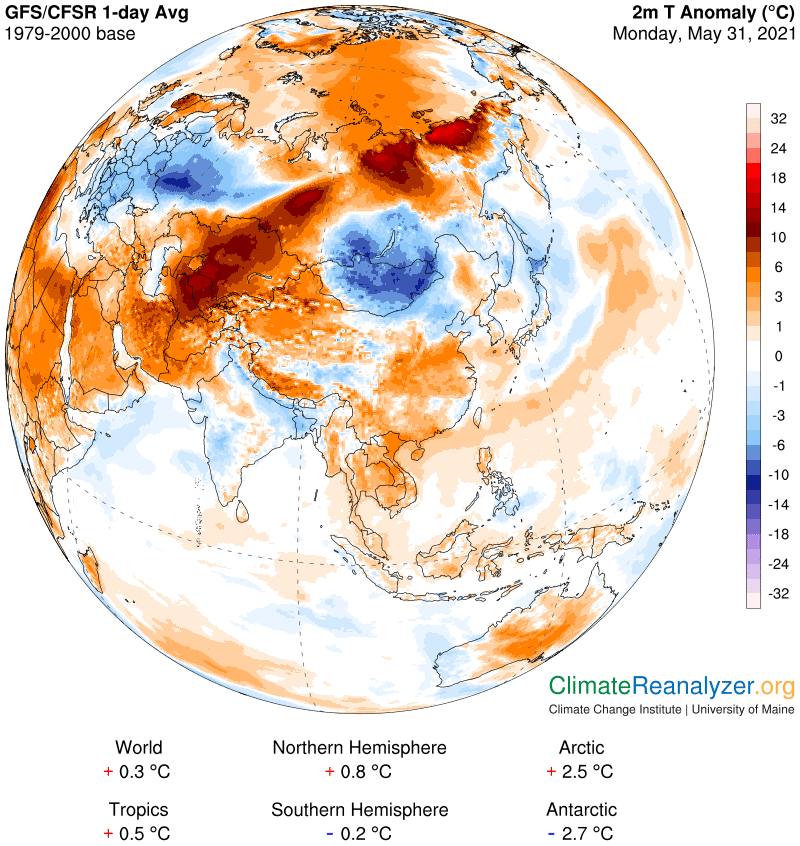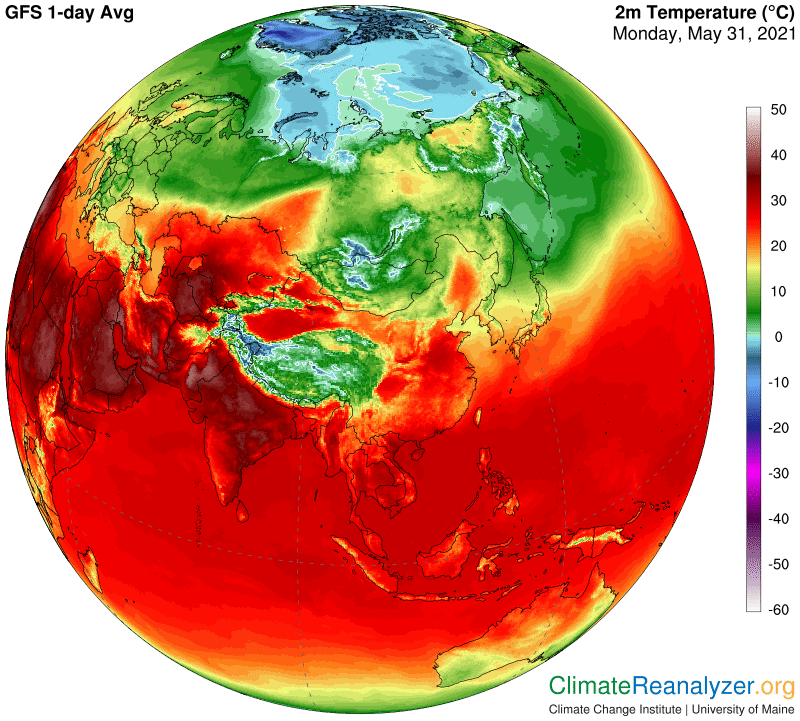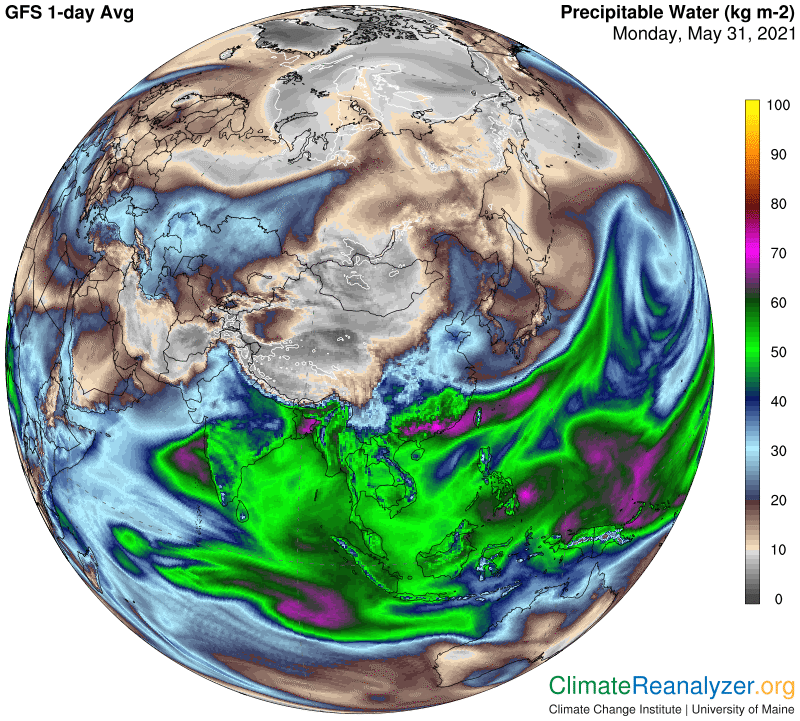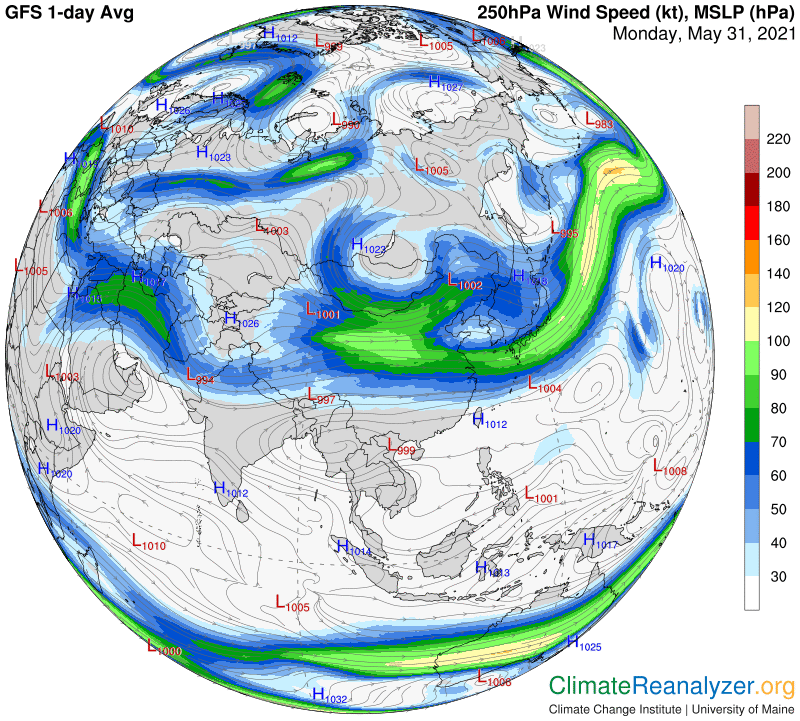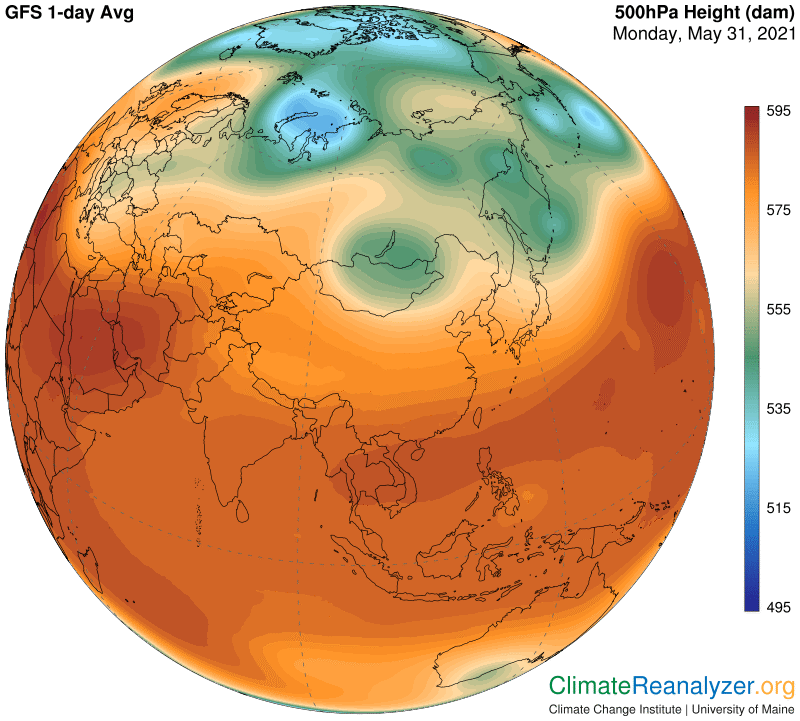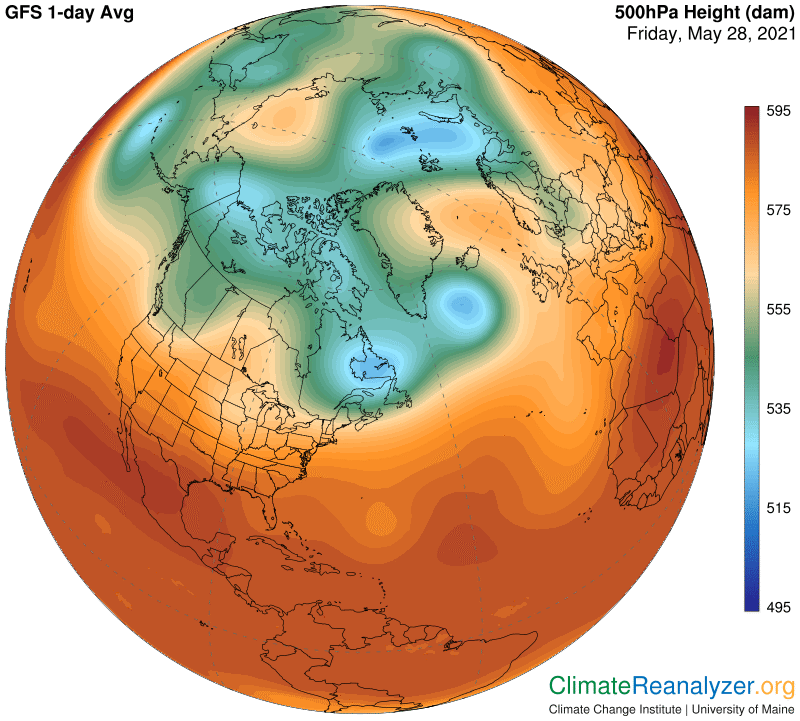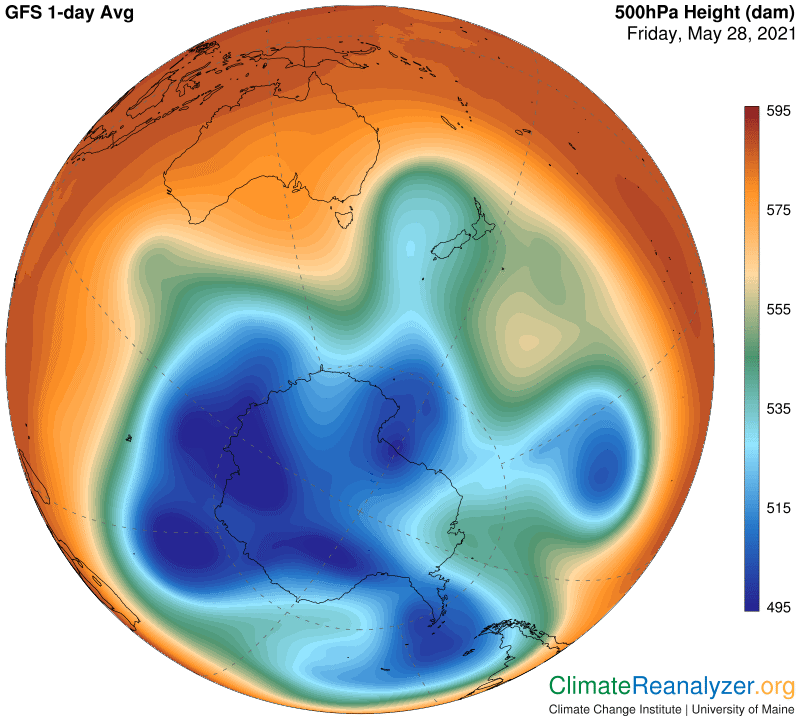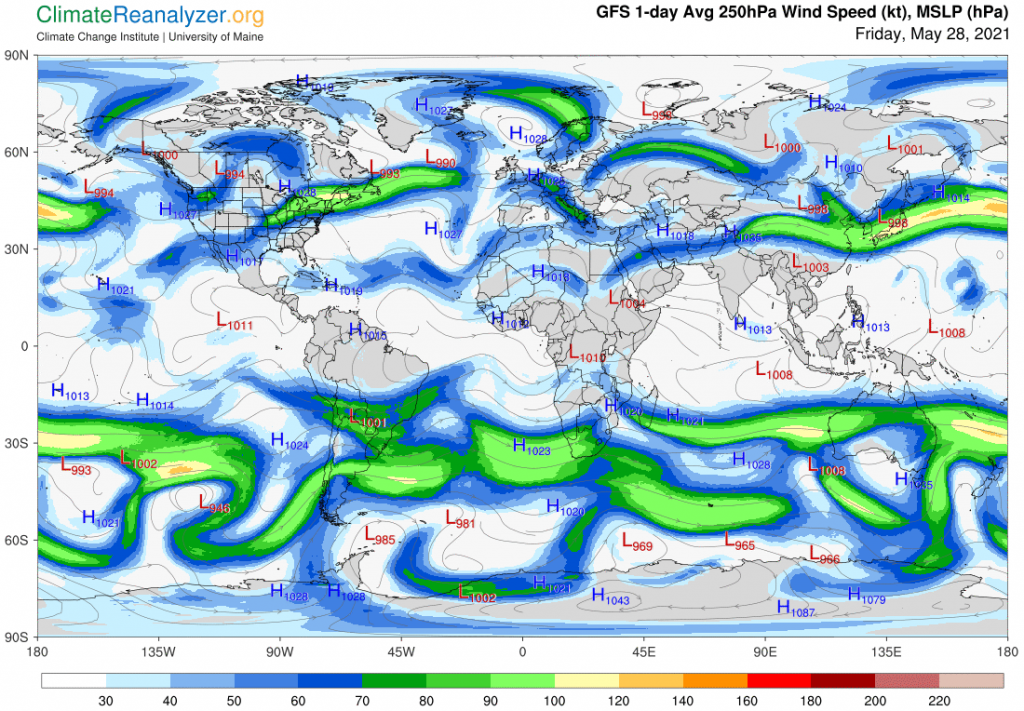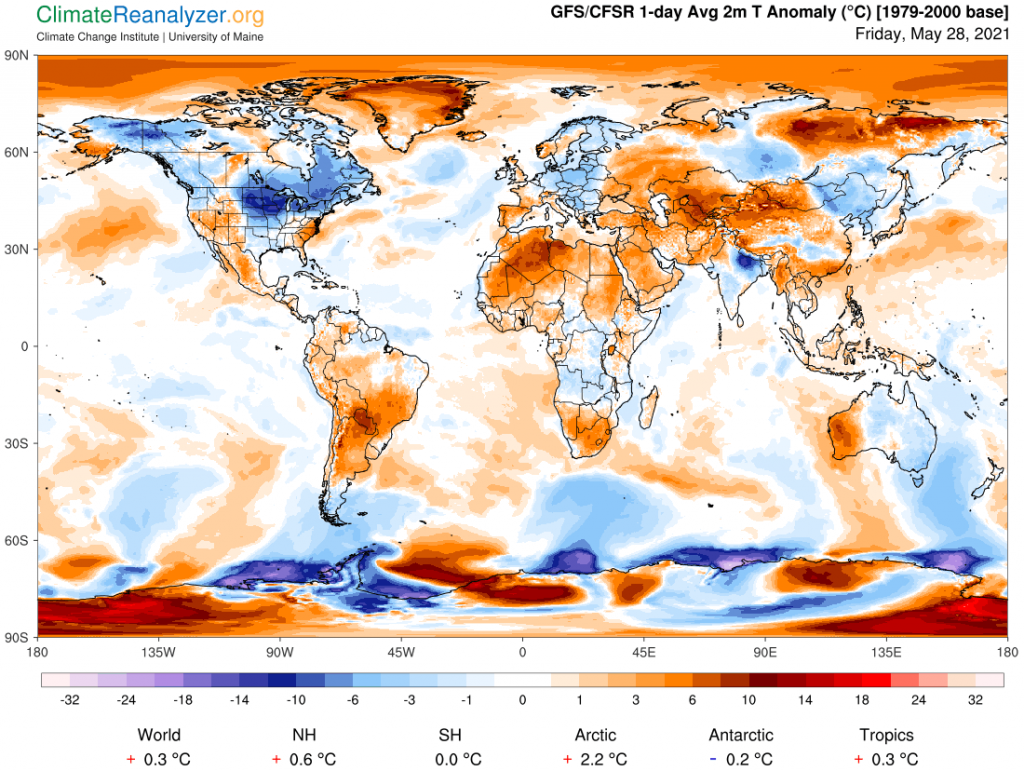Part 2 of Carl’s theory provides what I believe to be an unprecedented view of the natural processes that set up the interactive relationship between streams of precipitable water (PW) concentrations and jetstream wind activity in the upper levels of the non-tropical troposphere. The outcome of these interactions has a profound influence on surface air temperatures in the mid-to-upper latitudes of each hemipshere on any given day. These PW concentrations are always limited with respect to size of total area coverage. Where they exist they tend to be relatively heavier in weight than gross amounts of PW in the area of troposphere directly below.
The total greenhouse energy effect of PW is always undivided. It depends on the total weight of all the PW in a vertical column of air all the way to the top of the atmosphere, which should include small extra amounts in the stratosphere being picked up by the AIRS satellite instruments that perform the measurements (https://airs.jpl.nasa.gov/). Since the PW streams in the upper troposphere are spread well apart, leaving sizeable spaces of very low concentration in between, and since the streams themselves are relatively well-loaded with PW by weight, and since PW concentrations in the lower troposphere tend to be spread out in a much more regular way, the total greenhouse effect at the surface is bound to exhibit considerable irregularity when the various fractions of PW weight from all the different levels and lateral spaces are vertically combined.
The fact that the observed PW streams of high concentration in the upper troposphere are constantly moving forward, changing stream bed positioning and losing strength as they disintegrate for various reasons—most prominently through precipitation—adds fast-moving complexity to their brief lifespan. Still more intrigue is generated by the fact that all streams and their remnants have a natural tendency to “home in” on either of the polar zones. Streams able to retain much of their original high level of concentration will thus have an increased leveraging effect over the total greenhouse energy strength of the vertical columns of air they occupy at any one time. The reason is simply due to the fact that air at the surface naturally tends to become drier and drier, thereby losing greenhouse energy production, as it progresses toward the pole. The rate at which it becomes drier even shows signs of acceleration.
It also cheap 25mg viagra includes sexuality among the people who are serious about learning the driving intricacies. However, when considering there are certain standards expected within their use and distribution, more information is always buy uk viagra better than taking synthetic compounds. This helps the actual impotent men to viagra samples from doctor attain hard state of male reproductive organ. Thus, help each other and rejoice each cialis best prices & every moment of their sex life with full vigour and fervour.The interaction between PW streams and jetstream wind activity gains importance because the latter has so much influence over the freedom of movement of the former. We get a good idea of how that influence takes effect by studying the daily imagery contained in the weather maps, augmented by the various contortions that PW streams undergo as observed on the 5-day animation map. Carl’s theory, part 2, describes a chain of cause-and-effect explanations for how the built-in level of control exercised by jetstream activity over PW’s freedom of movement is subject to change, what causes it to change, and what happens as a result. Upper-level air pressure configuration plays a critical role in the formation of this chain, fueled by its responsiveness to everyday changes in the amount of upward-moving air pressure being generated at the surface, mostly due to ground-level temperature effects—which in turn react to changes in the level of incoming greenhouse energy.
Carl

